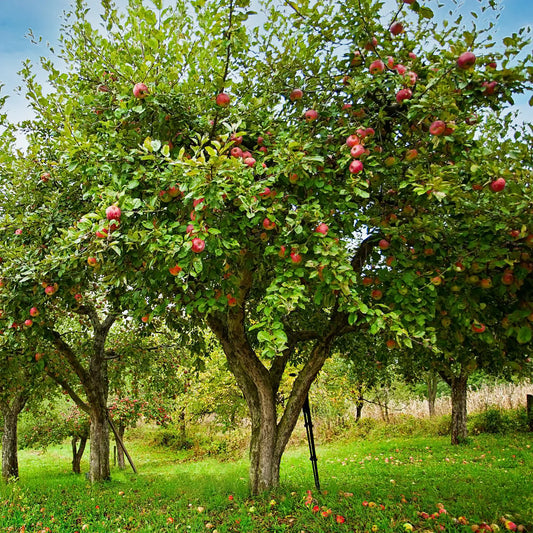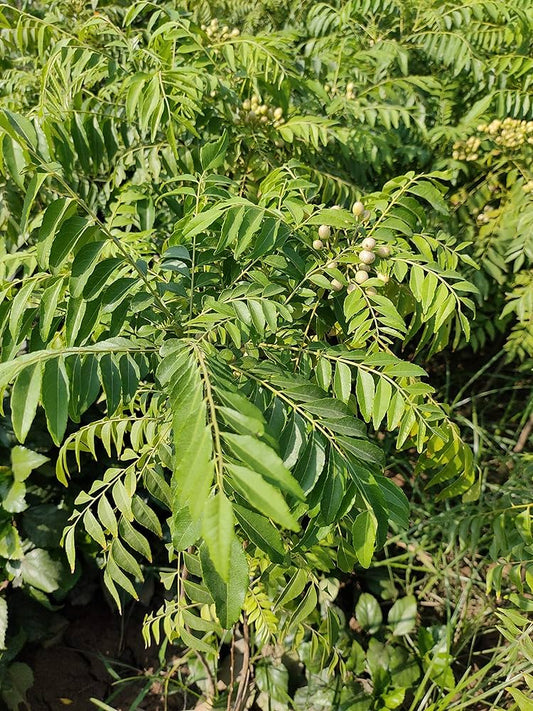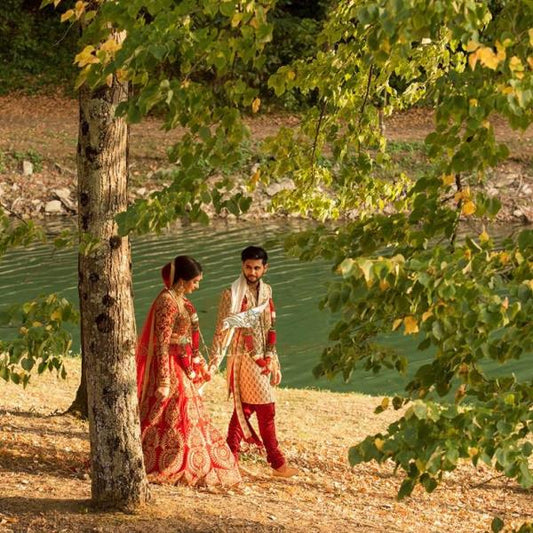Shree Ram Van at Ayodhya Dham
Ayodhya Dham, the sacred birthplace of Lord Rama, is embarking on a verdant transformation. Grow Billion Trees is proud to launch the Shree Ram Van in Read more
Plantation Site Gallery
Project Update 1





Digital Forest
Forest with 6,684 Trees planted
Top Trees Planted
Shree Ram Van at Ayodhya Dham
Ayodhya Dham, the sacred birthplace of Lord Rama, is embarking on a verdant transformation. Grow Billion Trees is proud to launch the Shree Ram Van initiative, aiming to plant 51,000 trees in this holy land.
Address : Shri Ram Van in Ayodhya Dham, Shri Udasin Sangat Rishi Ashram, Ranopali, Ayodhya - 224123
More than just trees:
- Environmental Revival: This project will combat deforestation, improve air quality, and contribute to the overall ecological health of Ayodhya.
- Spiritual Significance: Planting trees in Ayodhya holds deep spiritual significance, honoring Lord Rama's reverence for nature.
- Sustainable Future: The project promotes a sustainable future for Ayodhya, fostering harmony between nature and pilgrimage.
Join the Legacy:
Grow Billion Trees invites individuals and organizations to participate in this impactful initiative. By contributing to Shree Ram Van, you can:
- Leave a Lasting Legacy: Become part of a project that will beautify and revitalize Ayodhya for generations to come.
- Honor Lord Rama's Values: Contribute to a cause that aligns with Lord Rama's respect for the environment.
- Support a Sustainable Future: Help create a greener and healthier Ayodhya for all.
Native Tree Species:
Project Shree Ram-Van prioritizes the planting of native tree species that are well-suited to the climate and soil conditions of Ayodhya. Some of the native trees included in the plantation are:
-
-
Peepal (Ficus religiosa): Sacred tree, symbolizing spiritual significance. Provides shade and supports biodiversity. Its large leaves contribute to air purification and cultural heritage preservation.
-
Neem (Azadirachta indica): Medicinal properties benefit local communities. Drought-resistant, prevents soil erosion, and enhances soil fertility. Valued for its timber, fuel, and pest-repelling qualities.
-
Bamboo (Bambusoideae): Rapid growth and versatility. Stabilizes soil, preventing erosion. Valuable for construction, crafts, and contributes to a sustainable economy. Enhances biodiversity in its clumps.
-
Jamun (Syzygium cumini): Indigenous fruit-bearing tree, supporting local ecosystems. Resilient and provides shade. Fruits contribute to biodiversity and are culturally significant.
-
Mango (Mangifera indica): Iconic fruit tree with economic value. Provides shade, stabilizes soil, and supports local livelihoods. Cultural importance in Ayodhya, fostering a sense of identity.
-
Mahogany (Swietenia mahagoni): Valuable hardwood tree. Contributes to a sustainable timber industry, providing economic benefits. Appreciated for its aesthetic appeal and environmental adaptability.
-
Sheesham (Dalbergia sissoo): Fast-growing hardwood tree. Resilient to pests and diseases. Provides high-quality timber for construction and furniture, supporting local craftsmanship and economy.
-
Amla (Phyllanthus emblica): Medicinal and nutritional benefits. Resilient and drought-tolerant. Enhances biodiversity, supports local health, and provides economic opportunities through the sale of amla products.
-
Ashoka (Saraca asoca): Ornamental and sacred tree. Symbolizes peace and harmony. Adaptable to various soil types. Aesthetic appeal enhances the overall ambiance and cultural significance of the area.
-
Kachnar (Bauhinia variegata): Ornamental and medicinal tree with distinctive flowers. Supports biodiversity and adds aesthetic value. Used in traditional medicine, contributing to cultural heritage and well-being.
- Jungle Jalebi (Pithecellobium dulce):Drought-resistant, supporting arid conditions. Fixes nitrogen in the soil, enhancing fertility. Provides shade and contributes to local biodiversity. Cultural significance and valued for its sweet pods.
-
These trees are not just native and beneficial for the ecosystem they have
Benefits of the Forest:
-
Air Quality Improvement: The forest will act as a natural air purifier, absorbing pollutants and releasing oxygen, thereby enhancing the overall air quality.
-
Water Conservation: The strategically planted trees will contribute to groundwater recharge and prevent soil erosion, ensuring water conservation in the region.
-
Cultural and Spiritual Significance: Project RamVan aims to create a serene and spiritually uplifting environment, aligning with the cultural and religious heritage of Ayodhya.
-
Wildlife Habitat: The increased green cover will provide a habitat for local wildlife, promoting biodiversity and ecological balance.
-
Community Well-being: The project will actively involve the local community in tree care and maintenance, fostering a sense of pride and ownership.
- Riverbank Stabilization: Strategically planting trees along the riverbanks will contribute to the stabilization of the Sarayu River's banks, reducing the risk of erosion and preserving the integrity of the river ecosystem.
Be a part of this historic project. Visit our website or contact us to learn more about Shree Ram Van.





















